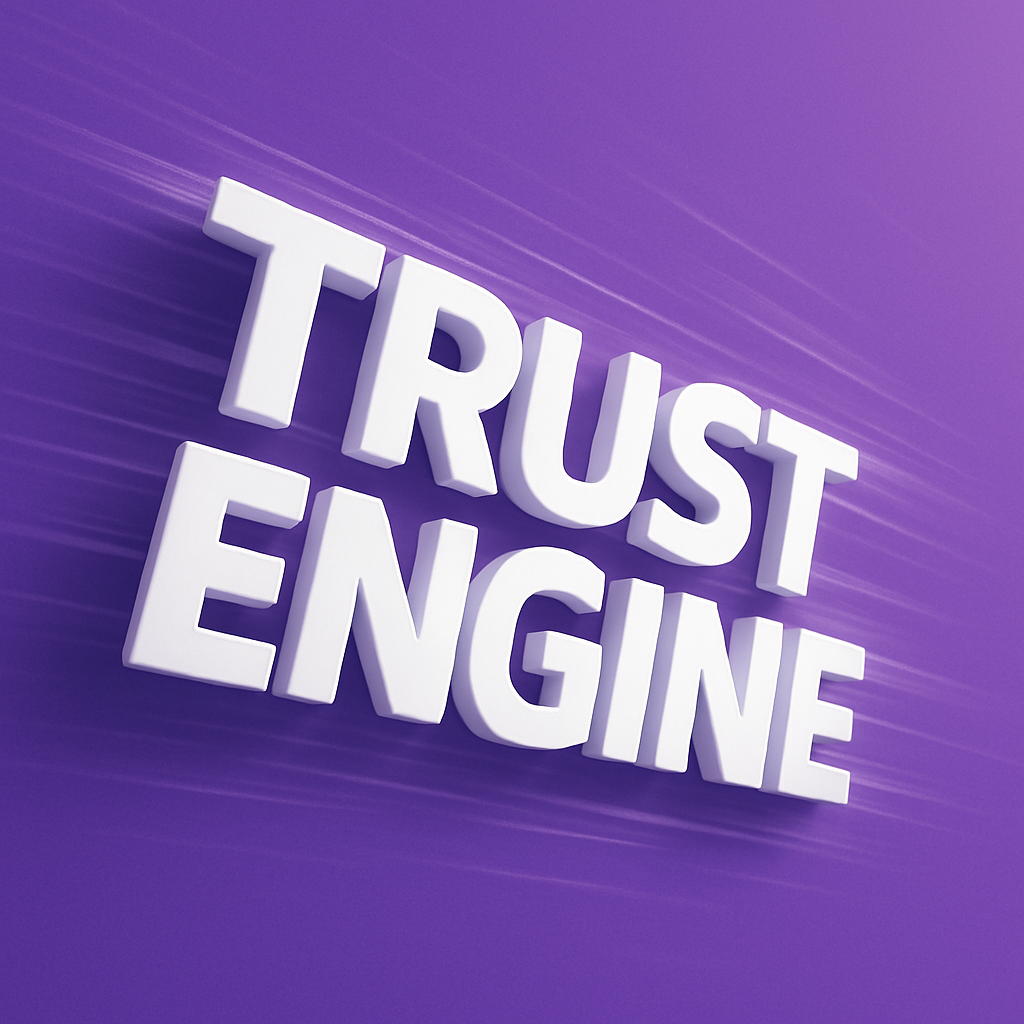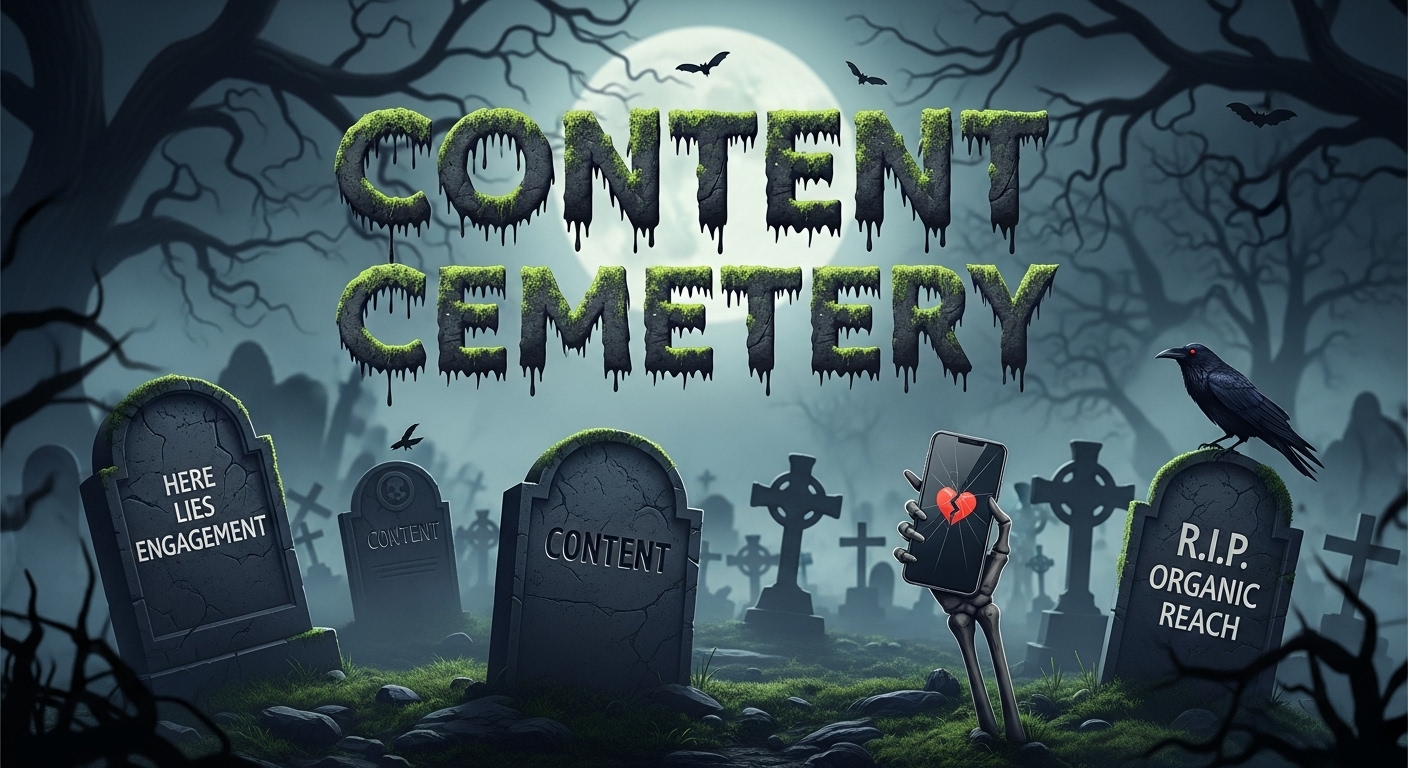
Defining Your Content Taxonomy: How to Be Prepared

As content becomes the driving force for a majority of marketing activities, the experience of your customer is increasingly dependent on your content taxonomy. Your content taxonomy is in nature similar to the Dewey Decimal System, which revolutionized library classification by identifying books into numbered categories based on the subject. A well-defined content taxonomy can have the same long-term impact on your business, internally and externally.
Before understanding why you need a content taxonomy, it’s important to define it. In short, a content taxonomy is a scheme of classification made up of titling, folder organizing, tagging, and any other way of organizing content that aids in your content marketing’s discoverability, content marketing strategy, and content marketing distribution.
In theory, a content taxonomy sounds simple, but you need the right approach to find success aligned with your brand objectives. In this article, we’ll cover some best practices on how to approach your content taxonomy to ensure long-term success.
By using the right classification, your content will be easier to find on the web as well as across digital channels. Your content taxonomy should be closely related to your overall content strategy and tied to your measurement framework.

Why Do You Need a Content Taxonomy?
Strong content taxonomies are based on two factors:
- Tagging structure
- Content categorization
Both of these factors ensure that your content is well structured and easy to find. After all, as marketers and content producers, your main goal is to make sure that your important audiences are aware of your brand—and discoverable content is the fastest way to get eyeballs.
However, like any ecosystem, your content environment is delicate. Everything should serve a specific purpose and that purpose should be mapped out so you can adapt, analyze, and optimize specific aspects to improve performance.
Content Taxonomies Bring Order From Chaos
A content taxonomy ensures your content supports your business objectives. Here are three immediate benefits.
1. Customer Journey
Discoverability is everything for your customers. If they can’t find your content or easily navigate through your digital experience, you do them a disservice. In today’s competitive business environment, your service and customer experience is just as important—if not more important—than the product or products that you sell. A smooth start to the customer journey makes sure your audience can find what they want, when they want it.
2. Content Audit
A well-conducted audit shines a light across your whole content ecosystem. It’s your yearly SWOT analysis, AKA your strengths, weaknesses, opportunities and threats. Audits can be laborious, but with the right content taxonomy you can better partition your approach, which makes it much easier. Especially when you have the right reporting. Which leads us to…
3. Enhanced Reporting
Reporting. You have to do it. Without the right internal infrastructure, resources, and technology, reporting will be pretty basic and dependent on the data that Google Analytics or Adobe Analytics provides. While these are suitable resources, a content taxonomy allows you to be strategic, to easily pull out performance insights from multiple angles. Content taxonomies provide your team with the structure you need to continually analyze and optimize your content. The right categories and tags show you how to build out reporting to a more granular nature so that you can hone in on specific aspects of your content ecosystem.
When we work with clients to leverage Knotch’s own content intelligence platform, insights garnered from taxonomy are more digestible, more significant, and lead to better decision making on where your content strategy should go.

Content Intelligence and Your Content Taxonomy
The right reporting finds your strengths and weaknesses in your content strategy so you can always improve your content’s performance in relation to your business objectives. The right content intelligence simplifies reporting and optimization for your content strategy. With Knotch’s content intelligence platform, you can easily build out a strong content taxonomy and tagging structure to make reporting a walk in the park. Schedule some time with a member of our team and see how Knotch can be the right partner for you.
Become a thought leader
Become a thought leader
Trusted by the largest (and now smartest) brands in the world.
“Before Knotch we did not understand what content was driving business results. Now we understand which content moves the needle. Knotch’s cohesive reporting and insights paint a real picture of what’s happening on our website instead of the patchwork quilt that comes from a Google Analytics approach. With Knotch we have been able to re-prioritize ad spend, route better leads to our SDR team, and inform our content development initiatives.”

"The Knotch platform ensures that we deliver high-performing content tailored to young home shoppers, enhancing their experience and driving better business outcomes.”

"Our partnership with Knotch has been highly successful, empowering us to leverage data-driven insights and refine our content strategy.”









